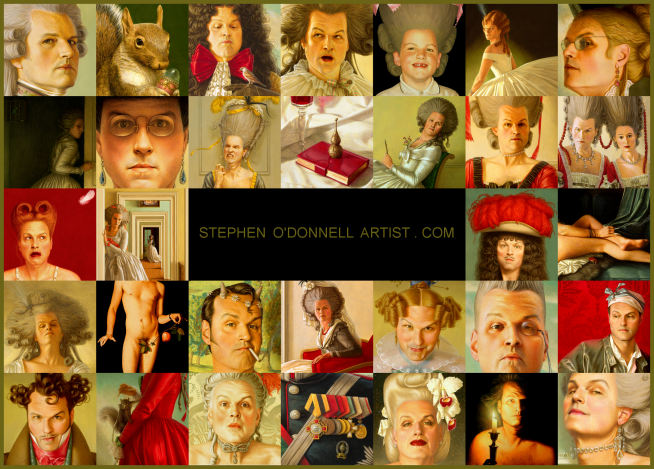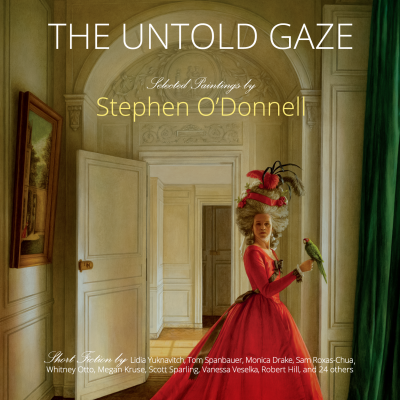

Princess Zinaida Nikolayevna Yusupova (2 September 1861, Saint Petersburg - 24 November 1939, Paris) was a Russian noblewoman and the sole heiress of Russia's largest pre-revolutionary private fortune. Famed for her beauty, grace, and the lavishness of her hospitality, she was a leading figure in pre-Revolutionary Russian society. In 1882, she married Count Felix Felixovich Sumarokov-Elston (5 October 1856, Saint Petersburg - 10 June 1928, Rome), a lieutenant in the Horse Guards. A year after their marriage - though only going into effect after the death of her father in 1891 - her husband was granted special permission by Tsar Alexander III to carry the title Prince Yusupov - as well as retaining that of Count Sumarokov-Elston - in order to pass on the Yusupov name to the couple's heirs. Of their four sons, just two survived childhood. Nikolai, the elder, was killed in a duel at the age of only twenty-five. While the younger, the flamboyant Felix, married Princess Irina Alexandrovna, the only niece of Tsar Nicholas II, in the same year these portraits were taken, and went on to lasting notoriety as one of the murderers of Rasputin in 1916.


*
Nikolai Nikolaevich Becker (1877 - 1962), Russian artist. The son of an established architect and artist, who insisted on a formal education for his son before allowing him to devote himself to art, for which the boy showed great promise from an early age. After graduating from the Imperial Institute of Ways and Communications, Becker's artistic skills developed quickly, and he soon became popular among the Russian aristocracy and imperial family for his portraiture. After the Revolution, he left Russia via Constantinople and settled in the south of France. Later, while enduring the German occupation during WWII, he continued to work and, post-war, the next few years were spent on the French Riviera, in Paris and Italy, where he was popular as a “society artist.” In the late 1950s, Becker moved to New York City. Successful there, but longing to return to the south of France, he did so after the death of his third wife, remaining there until his own death. Popular with clients during his day, most of his work remains in private collections and is, therefore, not well known.




























.png)
.png)
.png)
.png)

.png)
.png)
.png)
.png)

.png)
.png)
.png)
.png)
.png)
.png)
.png)
.png)
.png)
.png)
.png)
.png)






